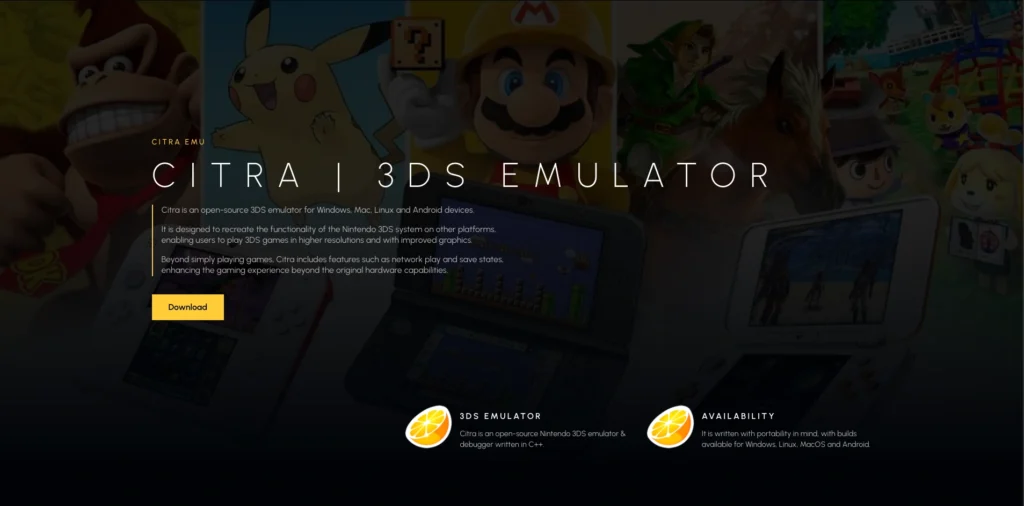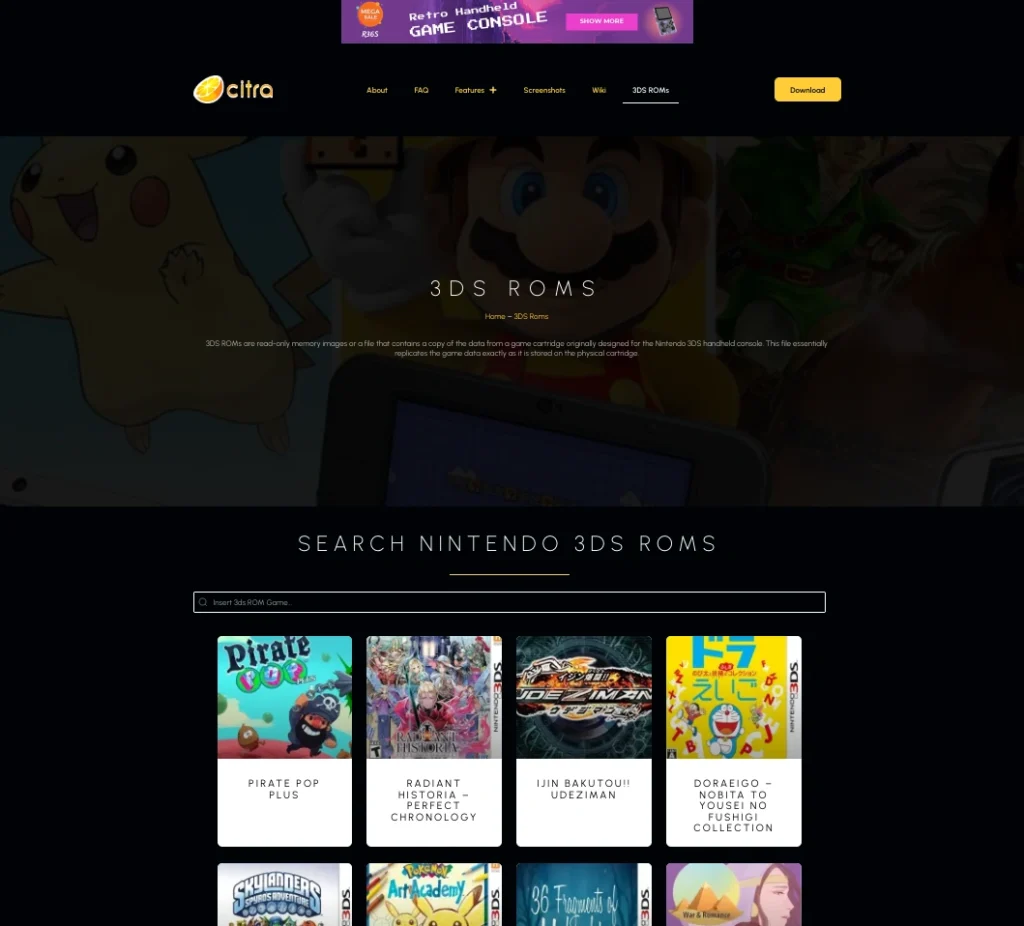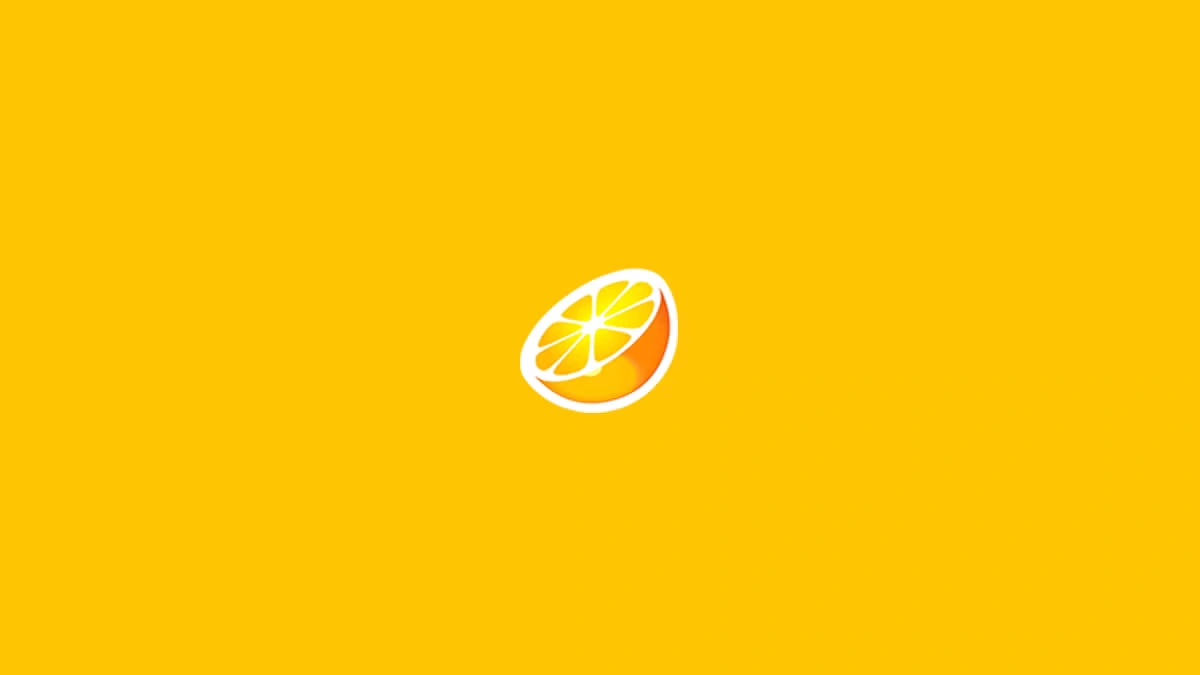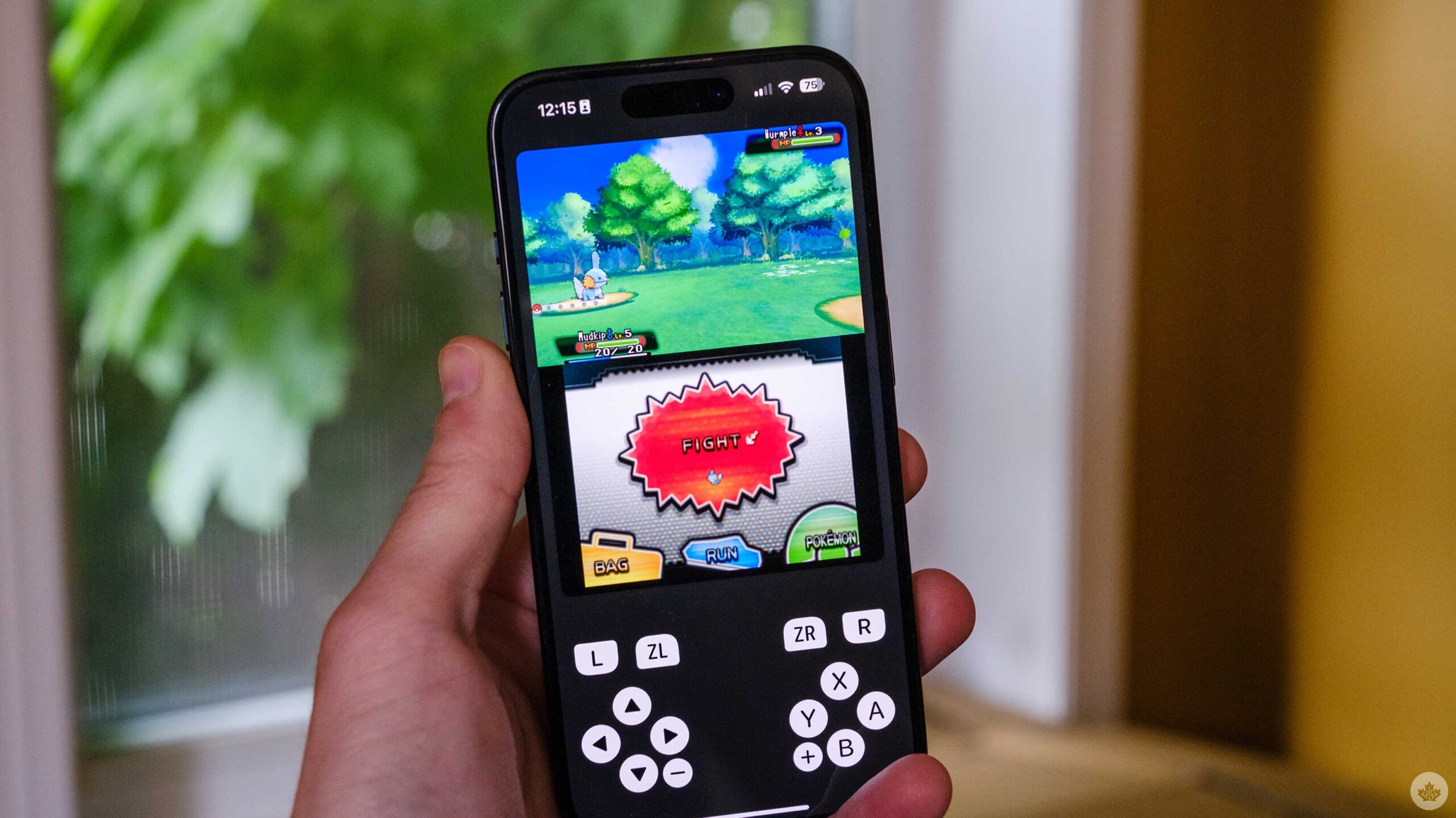Citra, an open-source project launched in 2014, allowed users to play Nintendo 3DS games on PCs and mobile devices.
While emulators themselves are not inherently illegal, their use often treads a legal gray area when paired with unauthorized game files (ROMs).
Nintendo aggressively protects its intellectual property, and the lawsuit against Yuzu/Citra underscored this stance.
The developers halted all work, and official downloads vanished—until citra-emulator.com appeared.

Is the New Citra-Emulator.com Safe?
The website citra-emulator.com is not affiliated with the original Citra team. Key concerns include:
- Excessive Ads and Malware Risks: The site is riddled with intrusive ads, pop-ups, and misleading download buttons. Such ad-heavy platforms often host malicious scripts or bundled malware, posing risks to users’ devices and data.
- Illegal ROM Distribution: The site openly provides game ROMs, which violates copyright law. Downloading or distributing ROMs for games you don’t legally own is illegal, and Nintendo has historically pursued legal action against such platforms.
- Outdated Software: Citra is no longer updated, meaning security vulnerabilities, compatibility issues, or bugs in the emulator will remain unpatched. Unofficial forks or modified versions hosted on shady sites could introduce additional risks.
Legal Implications
- Emulators: Emulators are legal in many jurisdictions if they don’t use proprietary code. However, their association with piracy often draws scrutiny.
- ROMs: Downloading ROMs without owning the original game is unequivocally illegal. Nintendo has shut down major ROM-hosting sites like ROMUniverse and targeted emulator projects facilitating piracy.
- The New Website: By distributing ROMs and monetizing via ads, citra-emulator.com operates unlawfully. Users accessing such sites risk exposure to legal consequences or cyberattacks.

How to Stay Safe
- Avoid Unofficial Sites: Steer clear of citra-emulator.com and similar ad-laden platforms.
- Never Download ROMs: Rip games from cartridges you own using legitimate tools.
- Use Antivirus Software: Scan downloads to detect potential malware.
- Support Legal Alternatives: Nintendo’s own services, like virtual console releases, offer legal ways to play classic games.
The original Citra emulator, while discontinued, was safe when downloaded from official sources.
However, the new citra-emulator.com is a risky, unofficial platform engaging in illegal ROM distribution and potentially endangering users. With the project no longer maintained, security and compatibility issues will persist.
For now, gamers should exercise caution, respect copyright laws, and explore ethical alternatives to avoid legal and cybersecurity pitfalls.
Always prioritize official channels and remember: emulation is only legal if you own the original games and avoid piracy-centric platforms.




